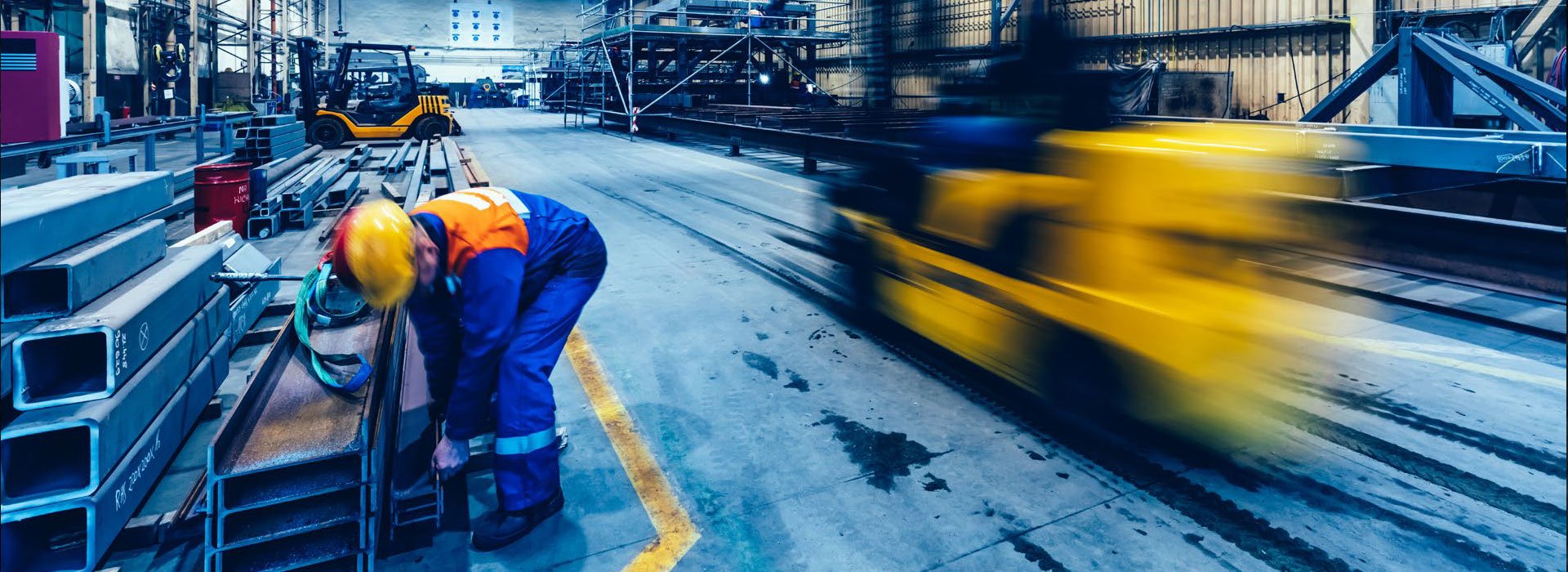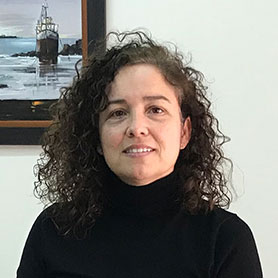Monica Varas: Winning Formula for Safety
As the Asturias region's Head of Health & Safety at steel giant ArcelorMittal, Monica Varas is a firm believer in the power of customised communication and raising safety awareness. Here, she explains to dss+ why Don Quixote and Mozart are her safety inspiration, and how having one foot in management and one on the shop floor is a winning combination.


Monica Varas
Head of Health & Safety, ArcelorMittal, Spain
Q.
Was a career in health and safety always your aim?
Not initially. I studied as an industrial engineer but got the chance to learn about occupational risk prevention during this period. When I finished my studies, my first job was to perform occupational risk prevention assessments for companies all over Spain which marked the beginning of my journey in health and safety. When I started working at ArcelorMittal, I progressed to specialise in machine safety machines, regulation and developing occupational risks management systems that helped to gain ArcelorMittal's first Occupational Health and Safety Assessment Series (OHSAS) certification. Using this experience, I began to focus on the shop floor looking at accident investigation and the impact of health and safety language between management and workers. It was an enriching time for me as it involved developing and organising safety events and training that allowed me to see improvements in behaviours first-hand. I then spent the next nine years in the engineering department where I focused on safety coordination involving external companies we partner with and the safe use of new equipment. During this stage of my career, I expanded my knowledge of legislation and how good teamwork is critical to a project's success. Since 2017 I have taken on more of a management role to promote health and safety programmes across the organisation and externally. I also have the responsibility for 90 people in my team to help them realise and grow the level of safety covering the Asturias region in Spain. So it's by far the most challenging position, but one where I can use all the experience I have gained so far.
Q.
You mention the importance of good teamwork. What else do you see as critical to success in health and safety?
As a health and safety professional, you have to be switched on to what's going on around you and be creative in your approach. For example, during my time on the shop floor, we had to encourage workers to use a newly built safety corridor which was a safer way to get to different workshop areas, but it changed their routine. At the time, it was the anniversary of Don Quixote, so we made a film using his character chatting with people on the shop floor to promote and encourage use of the corridor. It captured the imagination in a fun and engaging way and was a great success. We did something similar using huge wall panels of Mozart and an orchestra all wearing safety equipment to highlight how safety is all about teamwork, whether to create a piece of music or a piece of steel. The message resonated, and the panels are still there 15 years later, which always brings a smile to my face when I see them. Another driver of success is adapting health and safety communications for different internal and external stakeholders. We work with contractors from many different countries, so it's critical that, in particular, regulatory communication is transmitted in a way that is clearly understood, not only through language but also based on cultural understanding. Again, we had outstanding results using this approach which makes me proud.
"We work with contractors from many different countries, so it's critical that, in particular, regulatory communication is transmitted in a way that is clearly understood, not only through language but also based on cultural understanding"
– Monica Varas, Head of Health & Safety, ArcelorMittal, Spain
Q.
What is your approach to developing a greater understanding of health and safety at board level and within your team?
Leadership engagement is essential as health and safety initiatives are weakened without the right tone at the top. However, it's not always easy to translate leadership objectives into reality due to organisational constraints. So as part of my job I try to translate health and safety objectives more effectively and successfully for the workforce. Part of this approach is to recognise that we live in an information overload world. So it's essential to filter the noise of less relevant communication, particularly for our heads of department. You don't provide an excellent service by filling mailboxes; you focus on essential health and safety information that is highly relevant to them. Within my team, I believe raising awareness is the best form of education. So if I see even a small safety breach on an industrial site, I will ask a member of my team to walk through that site and report back to me on what they see. So it's more like a constructive challenge with the aim of learning. It's a way of keeping health and safety thinking fresh and relevant. Equally, it's important to praise safety improvement efforts publicly, whether it's in my team or in the workforce, to support and encourage achievements.
"Within my team, I believe raising awareness is the best form of education. So if I see even a small safety breach on an industrial site, I will ask a member of my team to walk through that site and report back to me on what they see."
– Monica Varas, Head of Health & Safety, ArcelorMittal, Spain
Q.
Do you see any emerging risks in health and safety, particularly post-pandemic?
We are indeed more understanding of the impact of mental health on working lives. The pandemic certainly allowed us to put in place a more systematic system to deal with mental health and give workers the confidence to talk about their concerns. But we are all still learning the most effective way to reach out to the many different people within the organisation, some of whom want to talk and others who are more reluctant. It's about providing the right tools in the right space at the right time. It's often a case of trial and error, but the most important thing for us is to keep reaching out. In terms of emerging risks, the use of different materials such as hydrogen as we aim for a more sustainable business model will inevitably have an impact on health and safety protocols. These new risks will need to be analysed and managed as we progress.
Q.
What solutions would you call on to manage health and safety success?
In terms of solutions, technology is set to play a huge role in our ability to manage health and safety risks. We can already see this in the use of intelligent safety equipment that can detect danger or drones to conduct safety assessments of industrial equipment using high-resolution imaging. But there has to be a balance, particularly relating to the type and amount of data collected when wearing intelligent safety equipment. So while the technology revolution provides excellent opportunities to improve health and safety, there has to be a clear benefit rather than simply a means to an end. The most important thing to remember is that people who understand good safety behaviours, not machines, make the best decisions. In terms of managing health and safety success, the first step is to conduct a full risk assessment to provide robust health and safety programme foundations. Next is to make realistic protocols by taking the time to connect with and learn from the people who will implement those rules. Finally, you can only progress health and safety initiatives if leadership engages nd supports the journey.
"Technology is set to play a huge role in our ability to manage health and safety risks. The most important thing to remember is that people who understand good safety behaviours, not machines, make the best decisions."
– Monica Varas, Head of Health & Safety, ArcelorMittal, Spain